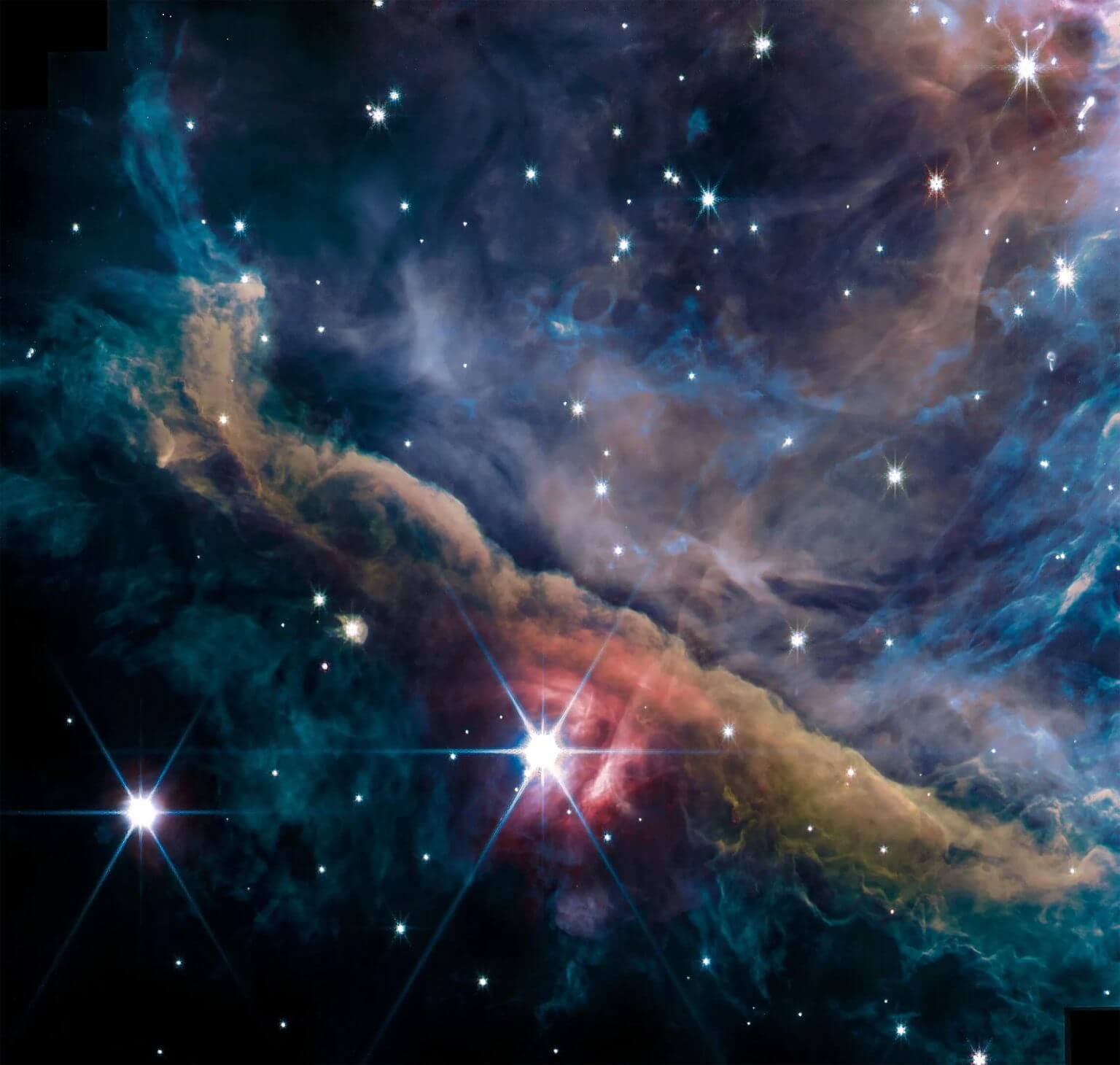Researchers studying the Orion Nebula with the James Webb Space Telescope found that ultraviolet radiation from massive stars prevents the formation of giant planets in young systems by scattering their building materials.

Researchers studying the Orion Nebula with the James Webb Space Telescope found that ultraviolet radiation from massive stars prevents the formation of giant planets in young systems by scattering their building materials.
Discovering how planetary systems like our solar system form, an international research team including scientists from the University of Cologne, is exploring the Orion Nebula, using the James Webb Space Telescope (JWST). By observing a protoplanetary disk called d203-506, they discovered the crucial role of massive stars in the formation of planetary systems that are less than a million years old. The study, led by Dr. Olivier Bernat of the National Center for Scientific Research (CNRS) in Toulouse, was published under the title 'Far-ultraviolet-induced photoevaporation stream observed in a protoplanetary disk' in the journal Science.
The influence of massive stars
These stars, which are about ten times more massive, and most importantly, a hundred thousand times brighter than the Sun, expose every planet in these systems to extremely intense ultraviolet radiation. Depending on the mass of the star at the center of the planetary system, this radiation can help form planets or, alternatively, prevent them from forming by dispersing their material. In the Orion Nebula, the scientists found that, due to the intense radiation from massive stars, a Jupiter-like planet could not form in the planetary system d203-506.
The joint efforts and findings
The team is diverse and includes experts from fields such as music, data reduction, and modeling. Data from the JWST were compared with data collected using the Atacama Large Millimeter Array (ALMA) to constrain the physical conditions in the gas. The rate at which the disk lost mass shows that the entire disk will evaporate faster than the time it would take to form a giant planet.
"It is amazing that so many contributions from the team over the years, including the planning of the observations and the evaluation of the data, are bearing fruit in the form of these results which represent a significant step forward in understanding the formation of planetary systems," said Dr. Yoko Okada from the Institute of Astrophysics at the University of Cologne.
The JWST data in the Orion Nebula are very rich, and engage the scientists to perform various detailed analyzes in the fields of star and planet formation as well as the evolution of interstellar matter.
More of the topic in Hayadan:
- The Webb Space Telescope Discovered Galaxies 33 Billion Light Years Away That Challenge Astronomical Theories
- Hubble photographed four spectacular planetary nebulae
- The Webb Space Telescope Peeps Into Chaos - Captures Stellar Gymnastics in the Wheel Galaxy
- Comets spread life
- The seeds of the planets came from other solar systems
